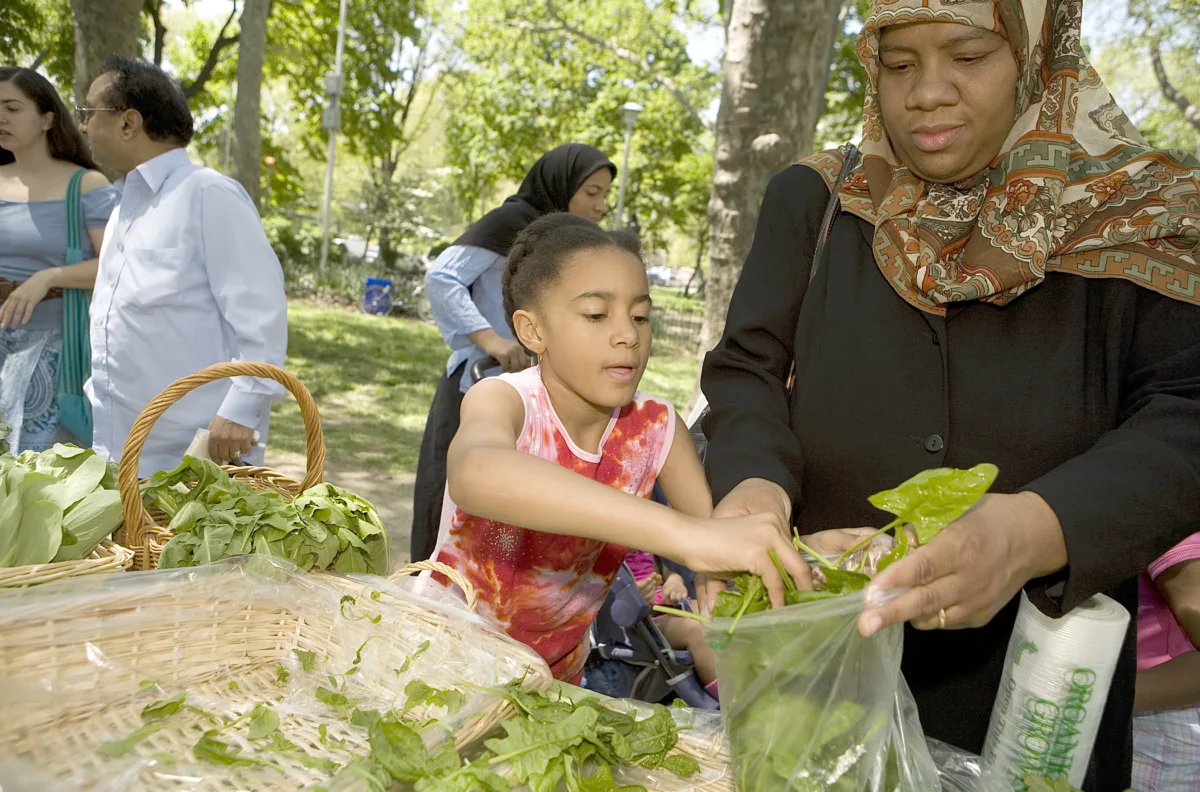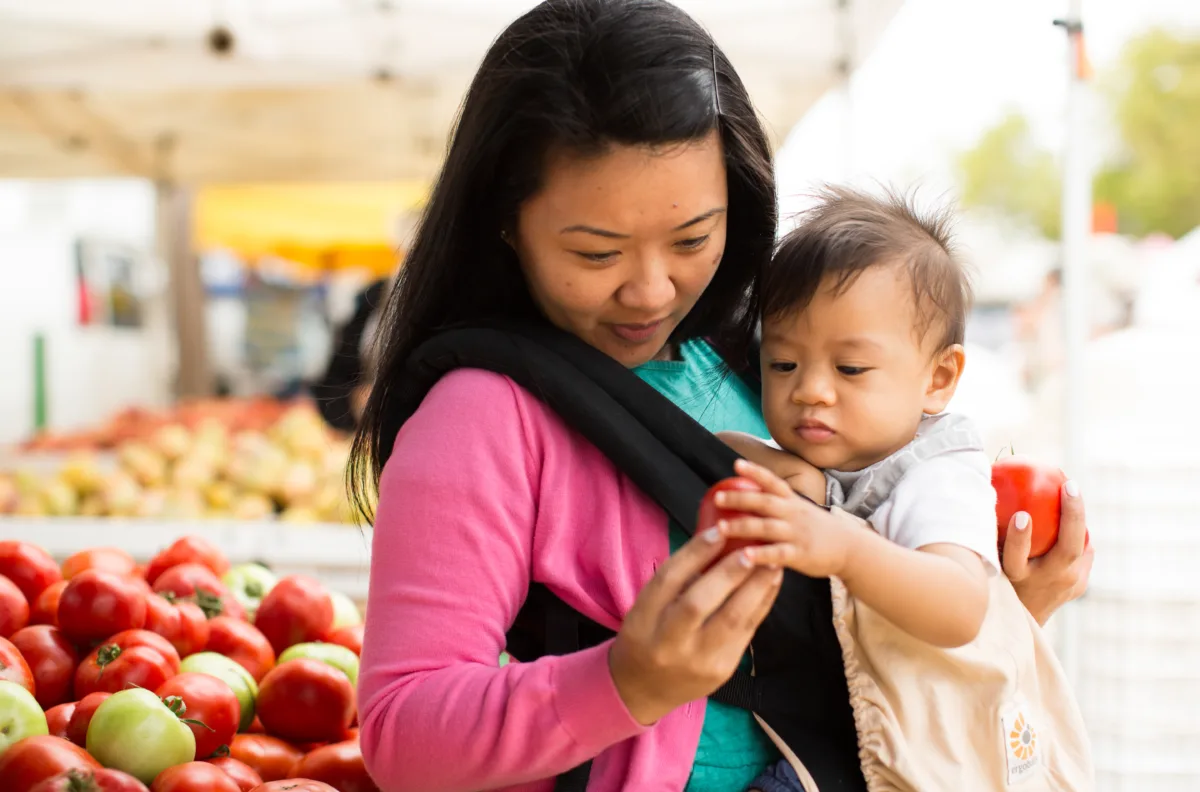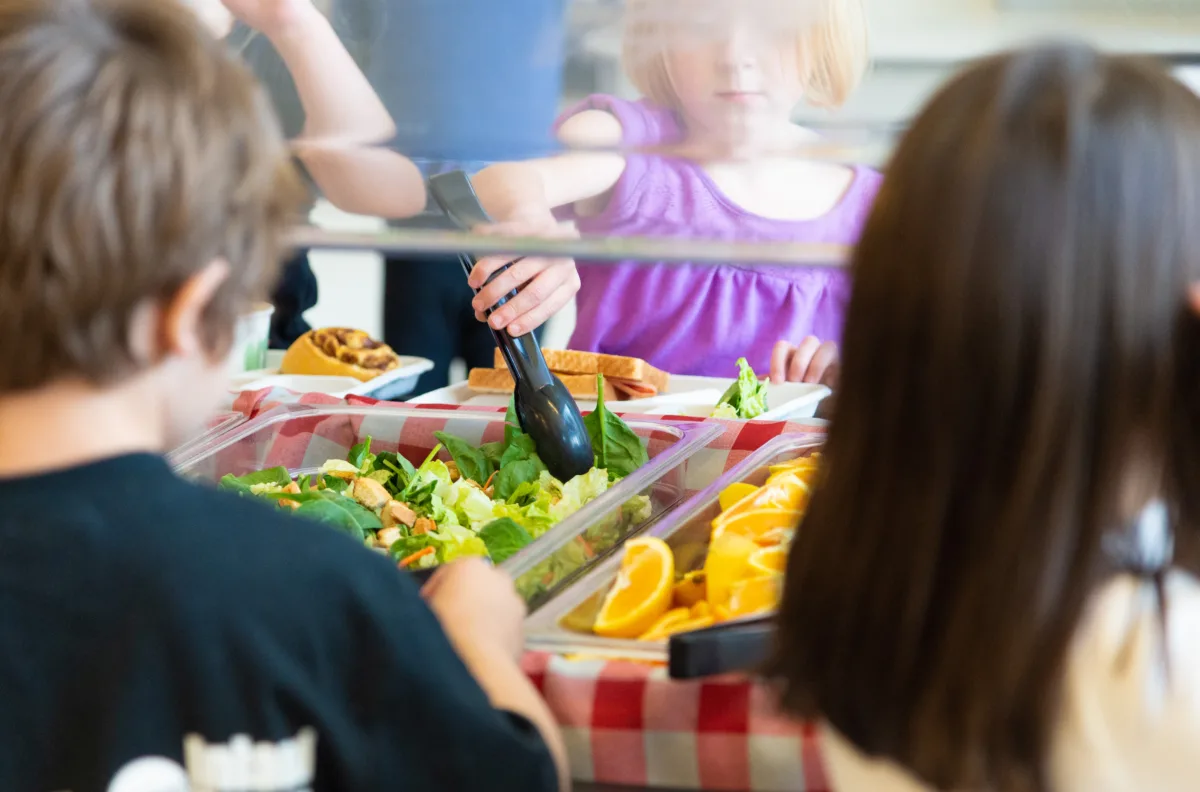Starting in the West
Let’s start the road trip on the West Coast in Seattle. Seattle Public Schools is not only offering school meals during the week, but they are also preparing weekend food bags. School librarians citywide offer free overstocked children’s books alongside the school lunch distribution. In nearby Tacoma, Franklin Pierce Public Schools has a bus that distributes school meals at various sites to make it easier for families who do not have access to transportation. Bus Driver Tony Reed says that he loves being able to maintain a daily connection with the kids.
San Francisco Unified School District is keeping nutrition top-of-mind as it continues to offer breakfast, lunch, and dinner to all children under 18 years of age. The menu consists of nutritious foods including hummus and vegetables. At each site, families are encouraged to pick up free books to help with academics.
Los Angeles Unified Public School District in California serves 700,000 students, 80% of whom live with families who have low income. The district is now serving not just its students, but all community members, including hungry adults. It’s essentially operating as a food bank with support of its 75,000 staff members, a fundraising campaign, and Uber, which gives families rides to the feeding sites.


